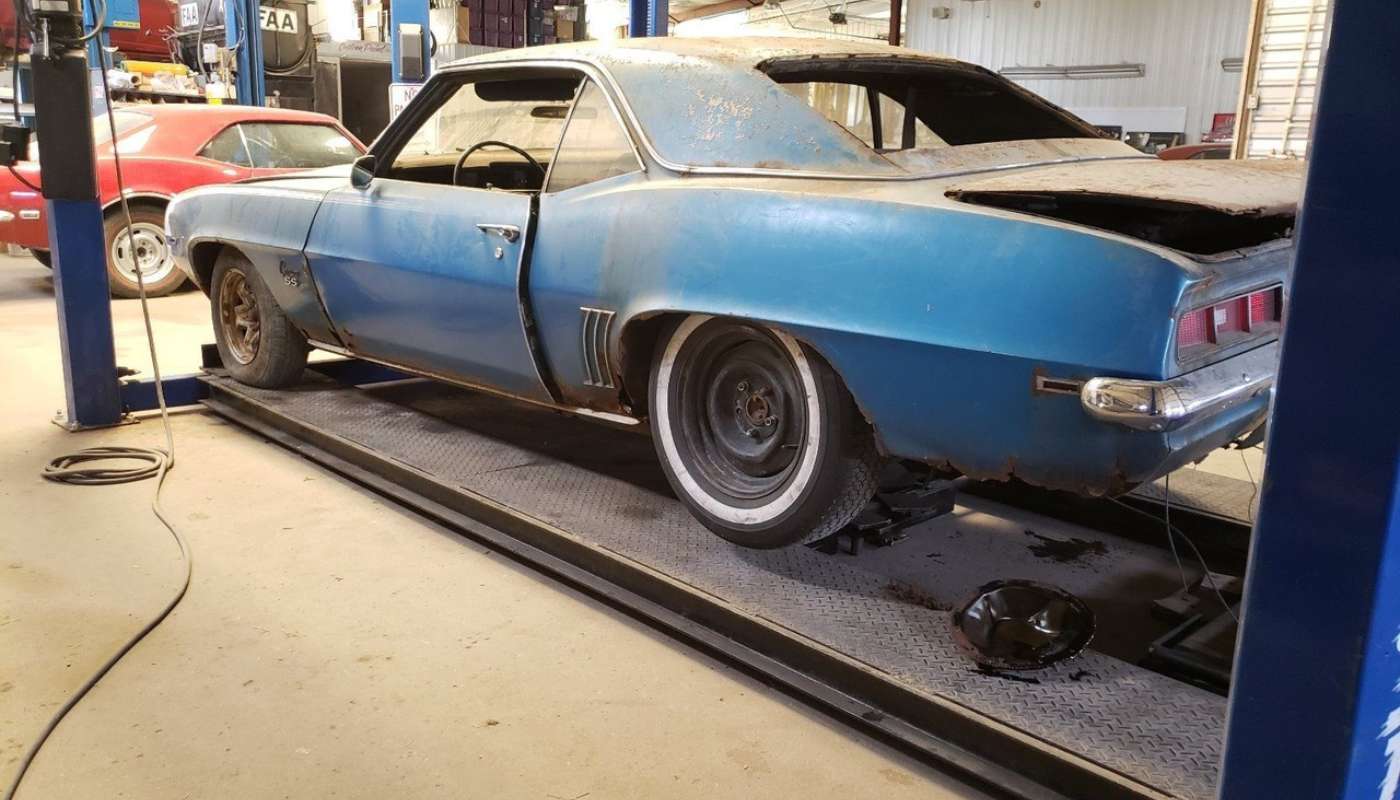
Restore, Restart or Wrecked: 1969 Camaro SS
By Dean Larson
The first generation Chevrolet Camaro is unquestionably one of the most successful cars to emerge from the muscle car era. Its simple bodylines form an overall macho shape, with solid engineering to back it up. The original Camaro was both your grandmother’s straight-six Sunday church car, and your hero Grumpy Jenkins’ 427-powered Pro Stocker.
With 14 different engine options available in the first-gen, hot Camaros come in many different configurations, from the 302 ci Z28, all the way up to the 427 ci, 430-hp COPO (central office production order) racer cars. While the 427s ruled the tracks, Chevrolet’s SS396s were tearing up the streets, making reliable power from 325 to 375 hp. This barn-find 1969 Camaro looks decent from some angles, and boasts the top-spec SS396 engine and Muncie four speed transmission, but a thorough inspection might have you wondering if this Camaro is due for a total restoration, or a total restart.
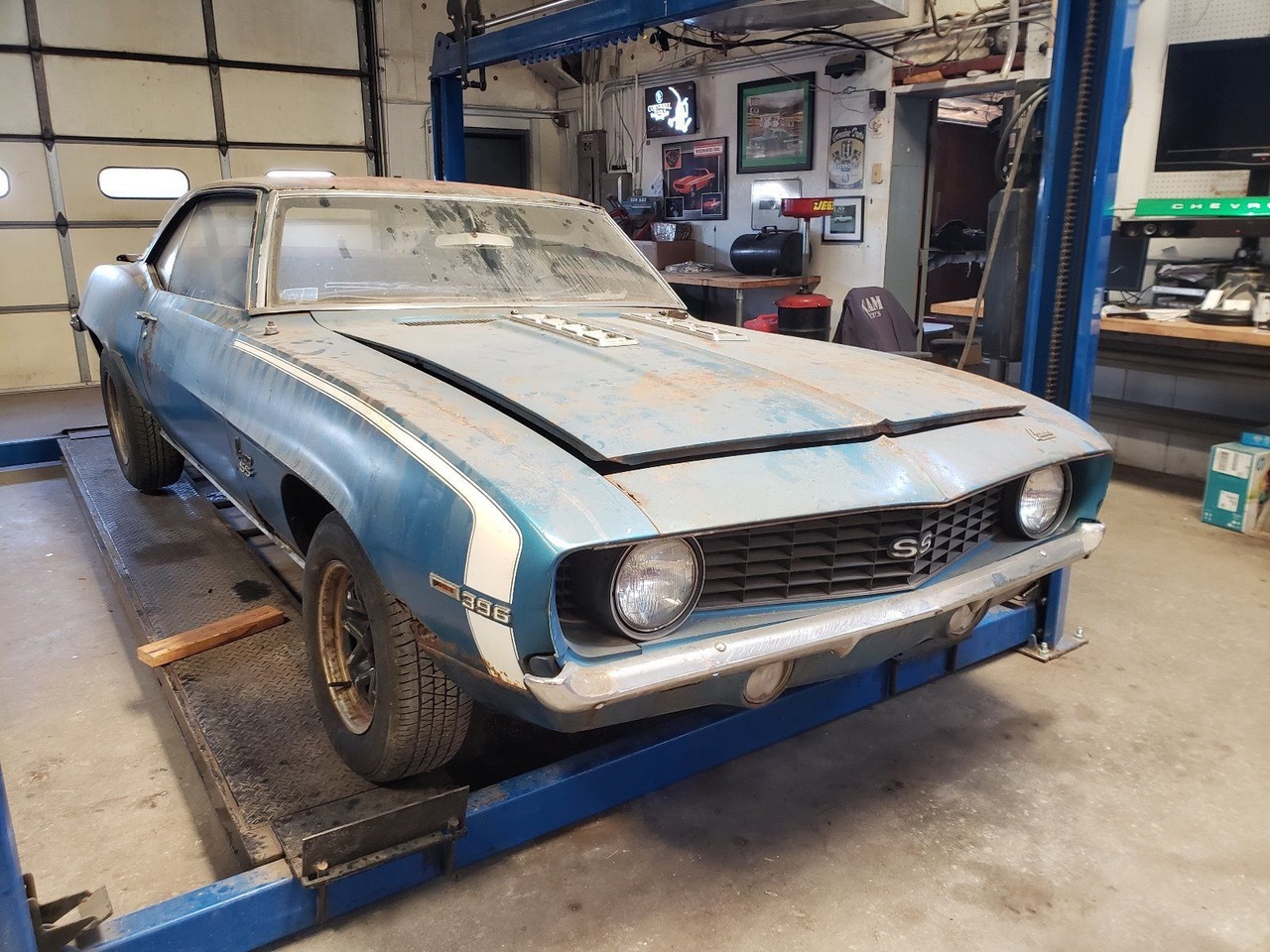
There’s no doubt that this Chevrolet was a terror on the streets back in ’69. Beyond its code L78 SS396 engine, it came equipped with a Muncie M22 “Rock Crusher” four-speed transmission, 3.55:1 ratio Positraction rear axle, heavy-duty brakes, white vinyl top and code 71 Le Mans blue paint. After clocking just 58,000 miles, the Camaro was parked in 1975.
A quick glance can be deceiving, as the Camaro has most of its exterior paint (including the SS stripe), badging, trim, all mechanical components and most of the interior (less its floorboards). Heck, the numbers-matching engine still turns freely under the hood. But look closer, and you’ll find that the car likely sat for many years on a damp floor and has rusted from the inside out. In addition to the floors, cancerous rust can be found all along the bottom edges of the body, in all-four quarter panels and the trunk. The real clincher here is whether or not the rust has taken the rear frame rails, or if the seller’s photos just make it look that way. The rear is definitely sitting strange right to left, like when a leaf spring shackle breaks, but it also looks like the seller had a jack under it at the time. This can make all the difference, as replacing unibody frame sections usually requires the car to be secured on some sort of frame jig.
The extent of the rust on this Camaro woul lead some to restart with a brand new body, reusing as many of the 396’s salvageable parts as possible. But I’m not convinced that’s the best course of action with this car. From Classic Industries, a brand new Camaro body costs about $14,000, and won’t solve all the rust issues with this car. Instead, I’m going to, again, vote for preserving as much as possible of this highly optioned, high-performance Camaro. It won’t be a restoration for the amateur, and could rival the cost of a new body in metal work alone if you hire a qualified shop to do the work. But with the sheet metal in order, you’re the owner of a numbers matching, ’69 Camaro SS396. And that thought just has me chomping at the bit for a spin behind that original L78 engine and Rock Crusher transmission.
I’m voting for a complete restoration on this Camaro with as many of its stock parts as possible, and like me, buyers clearly saw the value in the car, as it recently sold on eBay for a whopping $25,100.

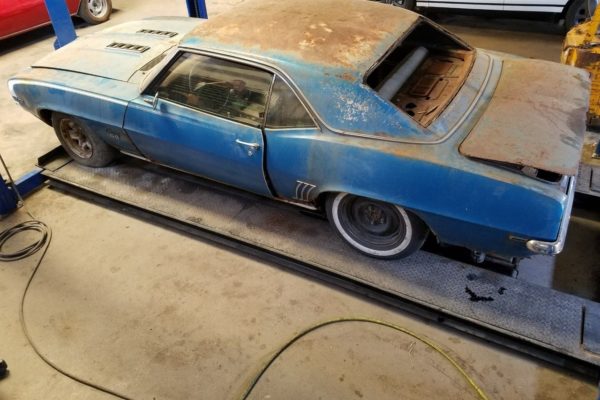
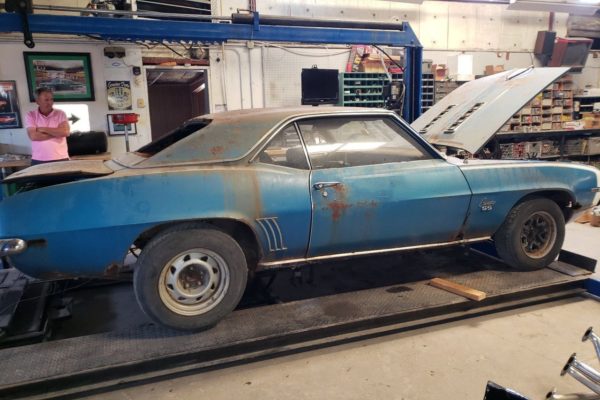
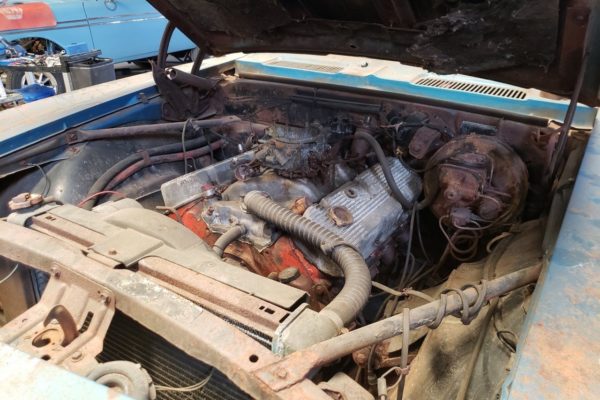
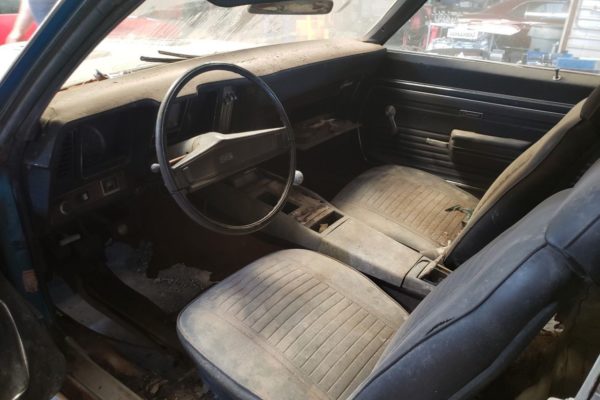
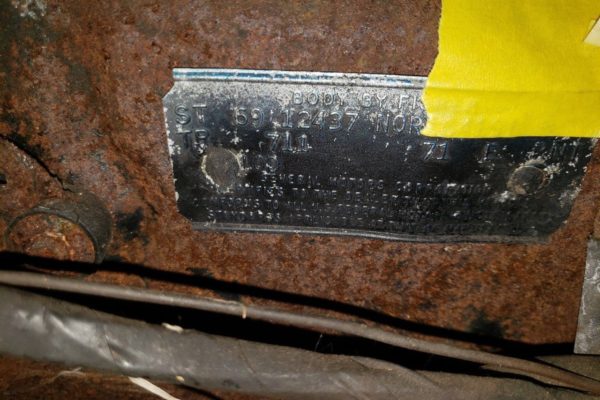


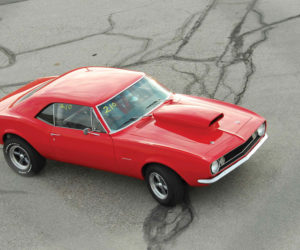
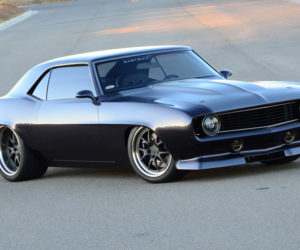
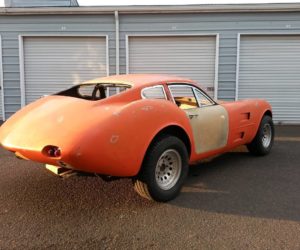
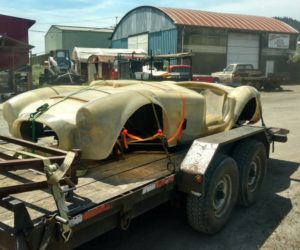
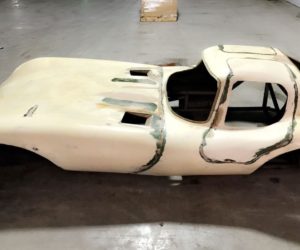
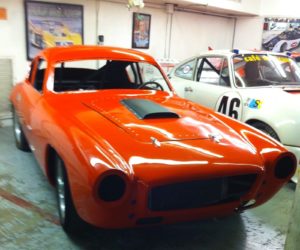




Comments for: Restore, Restart or Wrecked: 1969 Camaro SS
comments powered by Disqus